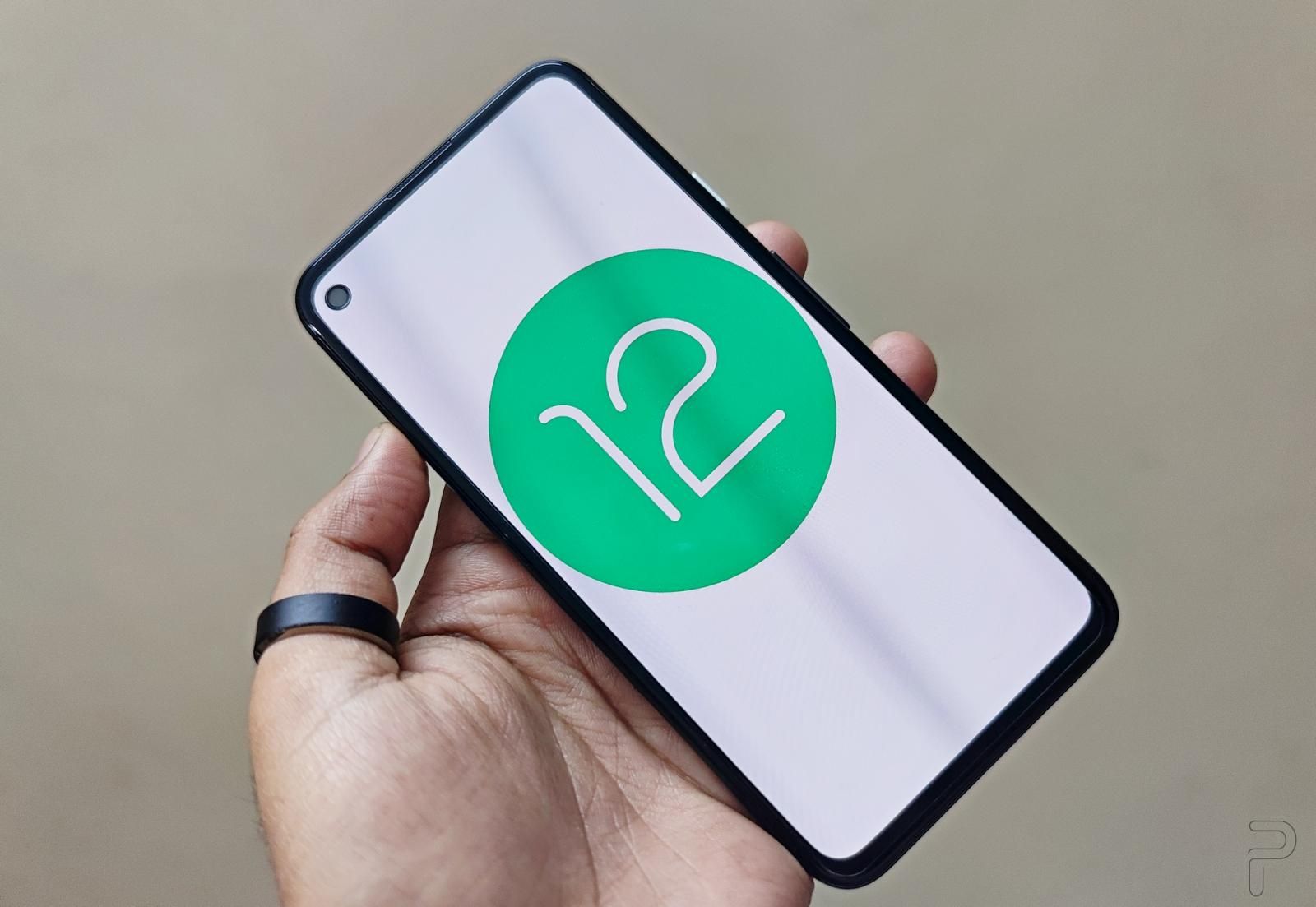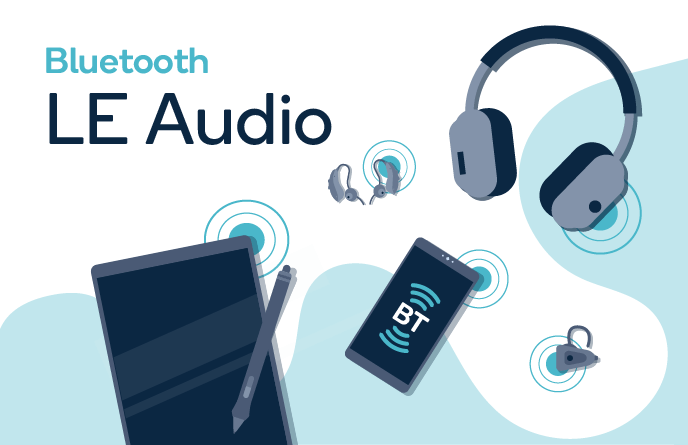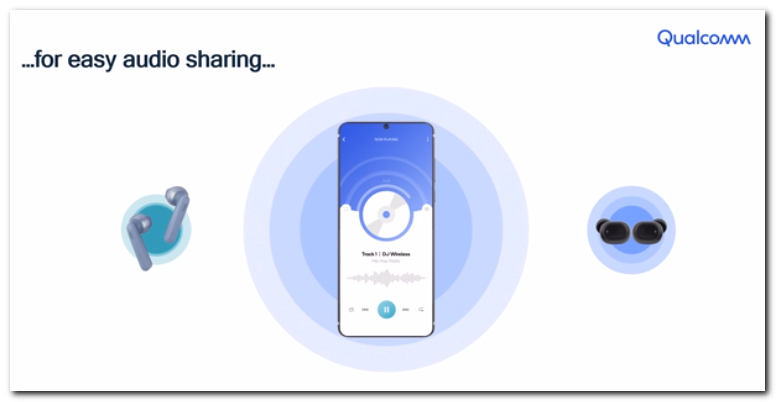Android 12’s first beta has arrived with a massive design overhaul and a ton of useful new features. However, there were a few changes that weren’t detailed during the I/O 2021 announcements on the first days of the event, but are now being spotted in Android support documents for developers. One such addition is support for Bluetooth LE Audio profile. The public API allows Android devices to pair with a single pair of audio wearable that supports Bluetooth LE Audio.
What is Bluetooth Audio, and why should it matter?
Bluetooth Audio is an extension of the Bluetooth LE (Low Energy) standard that has been in use for years in a wide range of devices, but not consumer-centric audio wearables specifically. That is because Bluetooth LE was created to handle connectivity while consuming as little power as it can, ensuring that a device can last much longer than your average TWS earbuds. And that is because when it comes to audio wearables, the additional complexity of handling audio streams (especially for high-bitrate content) while saving battery juice raised its head.
Bluetooth LE Audio ensures high-quality music listening while consuming less power
Fast forward to 2020, when Bluetooth LE Audio was introduced. As the name suggests, it is a new standard for transmitting audio data over a low-energy Bluetooth stream. The core premise is to allow wireless audio playback while consuming as little energy (read: battery life) as possible without compromising on the raw listening experience. And to do that, it comes with a new high-quality, low-power audio codec called LC3 that is claimed to retain high audio quality even at low bitrate.
But that’s not all, because Bluetooth LE Audio also offers a few extra perks. First, it allows sharing audio from a single source (read: smartphone or tablet) to multiple audio devices simultaneously. Essentially, you can watch a movie on your phone with a friend while being connected with two different headphones or earbuds. It also brings support for hearing aid devices and audio broadcasting.
Are your headphones and earbuds ready for BLE Audio?
In order to use Bluetooth LE Audio, your audio device must have a compatible Bluetooth chip. Qualcomm – which partnered with Bluetooth SIG in creating standards for the new wireless audio profile – currently offers only a single compatible Bluetooth chip named QCC3056 that was launched only in December last year. Needless to say, not many audio wearables out there come equipped with this Bluetooth LE Audio-ready chip. Even the premium Sony or Bose audio wearable you purchased last year is likely not compatible.
Is your phone capable of handling Bluetooth LE Audio?
The next part of the equation is smartphones that will run Android 12 down the road. To take advantage of Bluetooth LE Audio, they must also pack a chip that allows audio transmission over Bluetooth LE. And this is where the situation gets trickier, because there are only a handful of phones out there that are ready to handle Bluetooth LE Audio.
At the moment, smartphones powered by the Snapdragon 888 and Snapdragon 865 Plus SoC support Bluetooth LE Audio, thanks to the Qualcomm FastConnect 6900 Bluetooth / WiFi combo chip at their heart. Even 2020 flagships powered by the Snapdragon 865 SoC aren’t compatible because the Qualcomm FastConnect 6200 chip inside doesn’t support audio transmission over Bluetooth LE with all the benefits of Bluetooth LE Audio intact.
Android 12 is only getting future-ready
At this point in time, it appears that Google is only adding support for Bluetooth LE Audio in Android 12 as a future-proofing measure. We’ll only be able to truly take advantage of it when enough audio hardware and phones with a compatible chip hit the market, and that too, across different price brackets.



